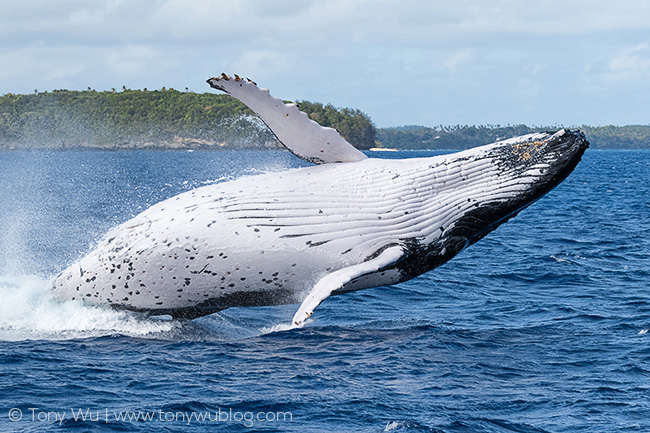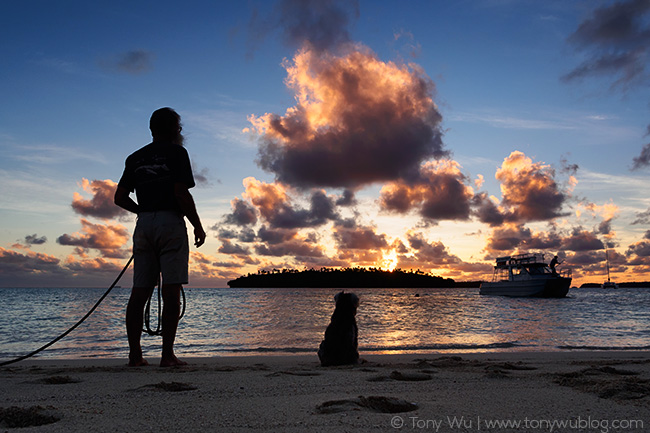I love nature. I love photography. The two have something important in common.
The evolution of life started with a simple plan—independent blobs of walled-off protoplasm, some of which occasionally aggregated into simple colonies, stromatolites being an extant example.
Then, about 540 million years ago, something happened.
Single cells and loose colonies thereof realised that they didn’t have to remain so simple. They figured out how to cooperate, combine, coalesce into more complex forms, a process that culminated in what’s referred to as the Cambrian Explosion.
In the geologic blink of an eye, all manner of multicellular life appeared, with most animal phyla we know and recognise today showing up. Modern life on earth came into being.
Wait. Why am I blathering on like I’m auditioning for a BBC documentary?
Because in my mind, photography is—at this very moment—going through its own evolutionary explosion. Allow me to explain.
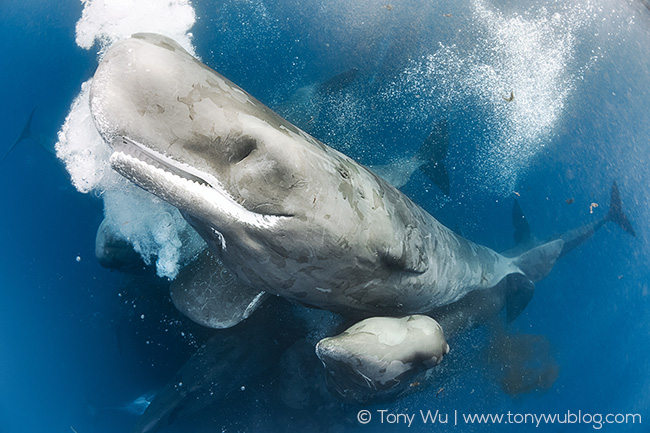
Way back when, cameras started with a simple plan—a box with a hole in front, a way to adjust the size of the hole, a way to control how long you let light enter the hole, and a piece of film to record the light.
Sure, there were a few tricks here and there, but that pretty much describes the state of photography when I bought my first proper film camera, a Nikon F2A, and for many years thereafter.
Then came digital technology. With the benefit of hindsight, it’s clear to me now that it took a while for the photography world to realise that it wasn’t necessary to stick to the analogue paradigm.
What I mean is that for many years after the introduction of digital technology, cameras didn’t change much (besides the obvious switch from film to digital sensors, which in itself was a shift of tectonic import).
In the early days of digital, whether you had a compact camera or DSLR, you were still using the same form as you did with film. Manufacturers piled on hundreds of menu items, something that wasn’t possible in the analogue world, but really—a DSLR was just an SLR with a digital sensor.
Design, form, function…were pretty much unchanged.
Then, after a settling-in period, camera manufacturers began to realise that new technology opened up new possibilities, just like unicellular life realised over half a billion years ago that it was possible to experiment with multiple evolutionary paths.
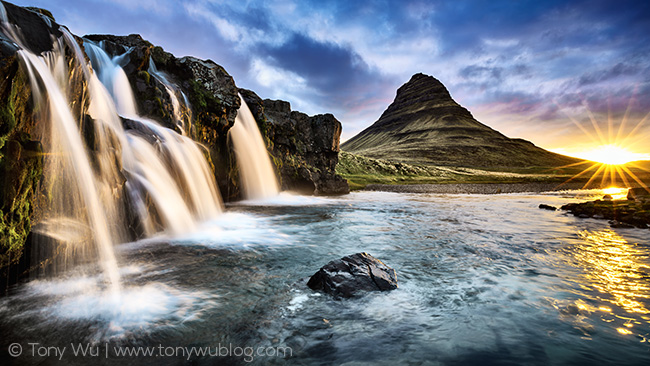
Take mirrorless cameras. Though they look similar to DSLRs, the absence of mirrors and prisms generally results in more compact bodies and lenses, which makes them relatively lighter and more portable.
DSLRs have evolved as well. The Canon 5D Mark II, for instance, was the first DSLR capable of recording high-quality video, a change that rocked the video camera industry.
And we now have cameras that, well, would’ve been difficult to recognise as cameras in the 20th century (this makes it sound like it was soooooooo long time ago, doesn’t it?).
I carry around a camera phone everywhere I go. Chances are, you do as well. Just as new forms of life often crowd out existing ones, the popularity and ubiquity of camera phones has led to a precipitous drop in the sales of compact cameras.
Then there are action cameras, the most well-known of which is the GoPro. These handy little tools make it possible to capture decent footage in situations that wouldn’t be suitable for bigger, more traditional camera formats.
There is Lytro, a light-field camera. The recently announced Light L16 is a small camera that intends to use camera-phone parts and concepts to produce high-quality, high-resolution images. There are 3D cameras, 360-degree cameras, drone-mounted cameras, and more all the time.
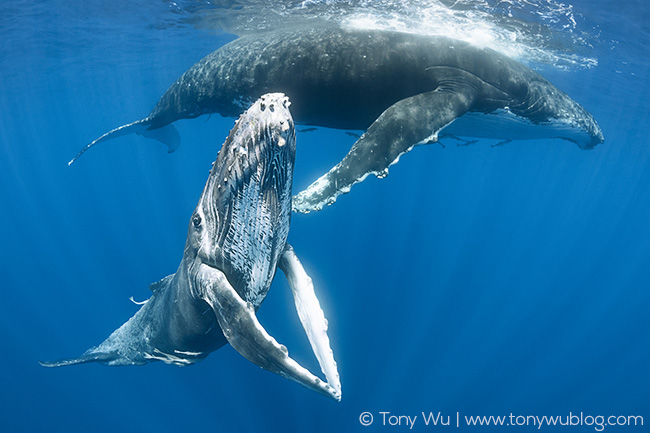
My point it this: It is simultaneously the best and the worst time to be a photographer.
The best, because there is so much choice and seemingly endless possibility, with new ideas, tools and hardware being developed and launched all the time.
And the worst, for exactly the same reason!
Just as each form of life is better- or worse-adapted to certain conditions, the upshot of this ongoing photographic evolutionary explosion is that there is a plethora of photo equipment, with each option being better- or worse-suited to specific conditions and shooting requirements.
You wouldn’t, for instance, use a DSLR as a helmet-cam while skiing, any more than you would use a GoPro for a serious landscape shoot that required high-resolution files with maximum dynamic range. Both have their strengths; just as each has its drawbacks.
And it’s not just cameras. Other considerations to grapple with include lenses, computers, software, local file storage, cloud storage, file sharing options, processing techniques…aaaaarrrrrrgggggghhhhhhhh, a mind-boggling array that could easily make one long for the days when you shot film, got it developed, stored it, done.
Anyway, as we approach the end of 2015, I’m looking back on the year as many people do, and one of the things that stands out is how the rapid evolution of photography equipment has affected my life.
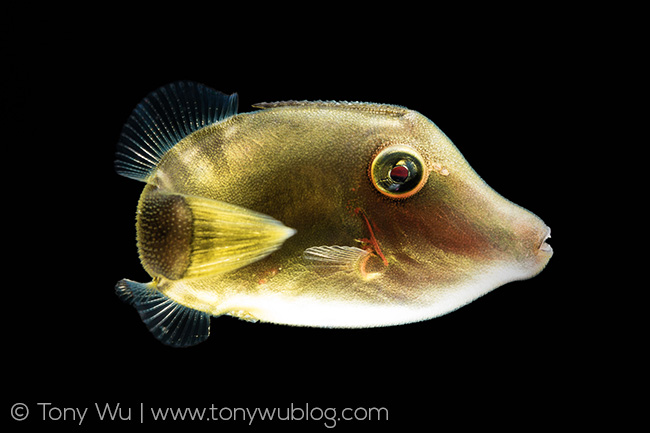
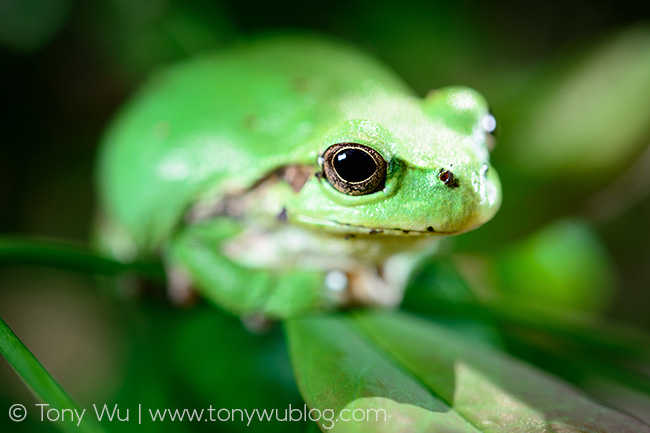
The most obvious example is that I currently use four brands of camera bodies: Canon, Nikon, Sony and Olympus. (Yeah, I’m doing more than my fair share to keep Japan Inc. in business!)
Clearly, I’d prefer to stick to a single manufacturer, but as a result of what I described above, each company excels at certain things and doesn’t so much at others. So depending on my goals at the time, one brand or another has advantages.
For example, Canon’s autofocus is the most reliable in the low light, low contrast, monochromatic conditions that I work with underwater. But Canon sensors only have so-so dynamic range.
Sony’s 7-series cameras are the opposite. They have incredible dynamic range, but autofocus is so-so, and the user interface is often, well, Sony-Kafka-esque.
Nikon really shines for me when it comes to macro photography and the application of artificial light; while I love Olympus micro 4/3 cameras for casual/ fun use.
And this is why the evolution of cameras has had such a significant effect on my life recently. Diversification and specialisation by the camera manufacturers has opened up a vast horizon of possibility (and potential confusion).
Going forward, I’m certain this evolutionary process will continue, with major innovations punctuated by periods of equilibrium, much as is the case with nature. Some ideas will take hold and flourish; others will fall by the wayside.
In pondering implications for the road ahead, the takeaway for me is that equipment will continue to evolve, to diversify, to improve. That’s a given.
The only question is, how well will I adapt?
